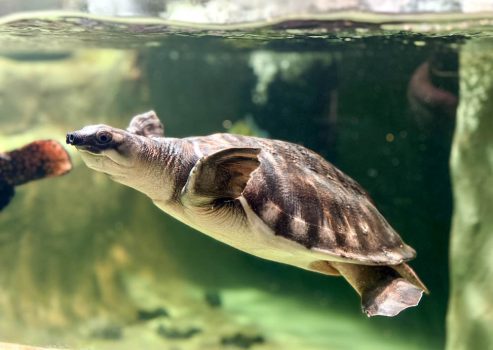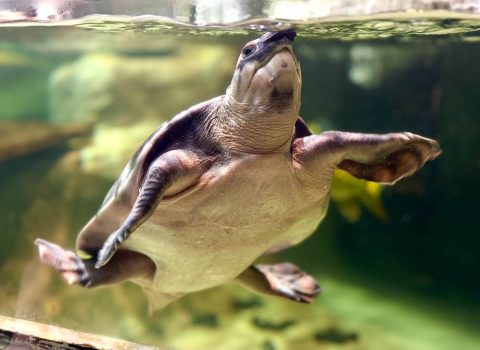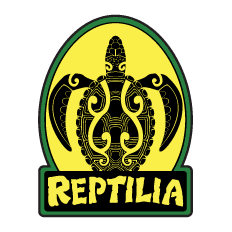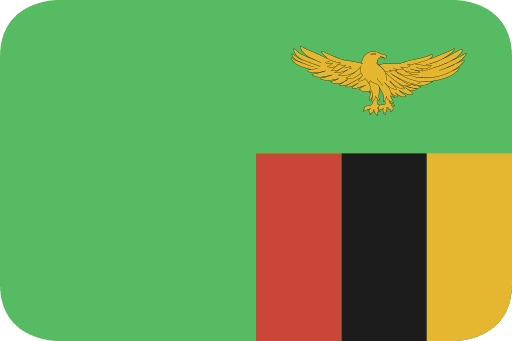Fly River Turtle
Common Name: Fly River Turtle
Scientific Name: Carettochelys insculpta
Names: Bacon
Locations: Whitby


Diet
Fly River Turtles are omnivorous, consuming a varied diet that includes fish, crustaceans, mollusks, aquatic vegetation, and carrion.
Average lifespan
In the wild, they can live between 50 to 70 years, with long lifespans reported under favorable conditions.
Size
Adult turtles typically have a carapace length ranging from 50 to 70 centimeters (20 to 28 inches).
Weight
Adults generally weigh between 10 to 20 kilograms (22 to 44 pounds), though size and weight can vary regionally.
About
Native to northern Australia and southern New Guinea, the Fly River Turtle inhabits freshwater rivers, swamps, and floodplains. It is notable for its distinctive, soft, leathery shell and broad, pig-like snout, adaptations that support its highly aquatic lifestyle.
Size and behavior
With a streamlined, flattened body, the Fly River Turtle is an excellent swimmer. It spends most of its life submerged, often basking on logs or riverbanks. On land, its movements are slow and deliberate, reflecting a lifestyle that is primarily adapted to aquatic environments.
Diet and nutrition
As opportunistic feeders, they benefit from a diverse diet that provides a balanced mix of protein and plant nutrients. This varied diet supports their long-term health, growth, and the development of their unique physical features.
Conservation status
The Fly River Turtle is currently listed as Vulnerable on the IUCN Red List. Threats include habitat degradation, water pollution, and alterations to their freshwater ecosystems, which impact their populations over time.
Fun fact
The Fly River Turtle is the sole representative of its family, Carettochelyidae. Its soft, flexible shell and pig-like snout are unique among turtles, making it one of the most distinctive and evolutionarily unusual turtle species in the world.
Call or visit your local Reptilia Facility to learn how you can adopt one of these amazing reptiles.










